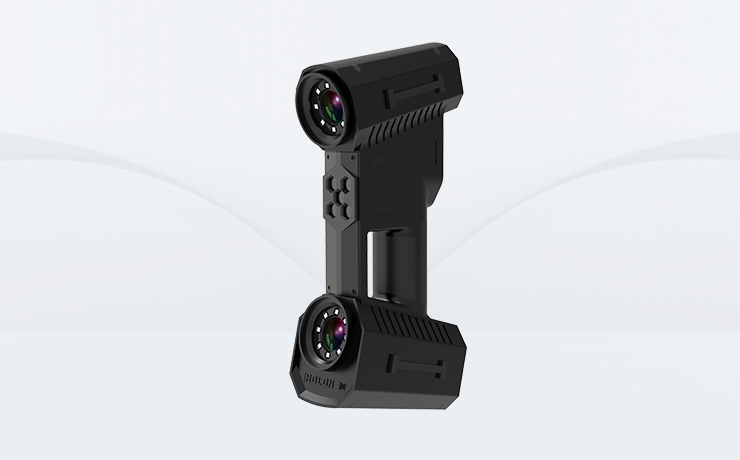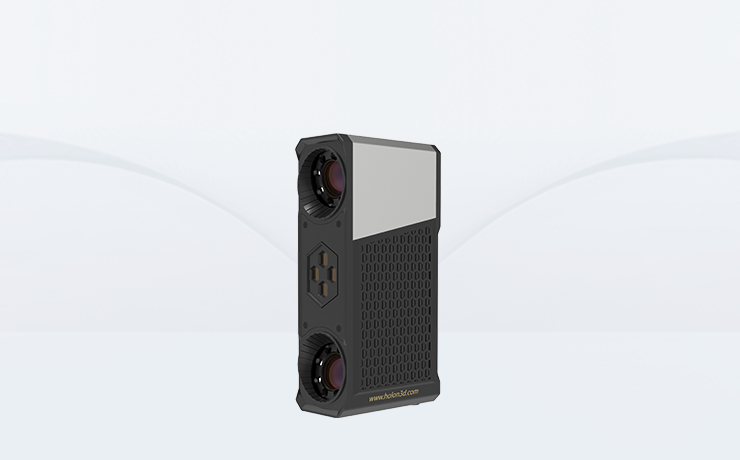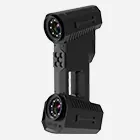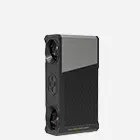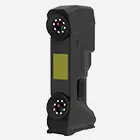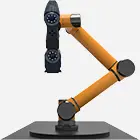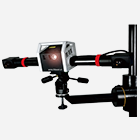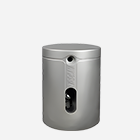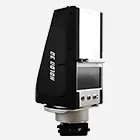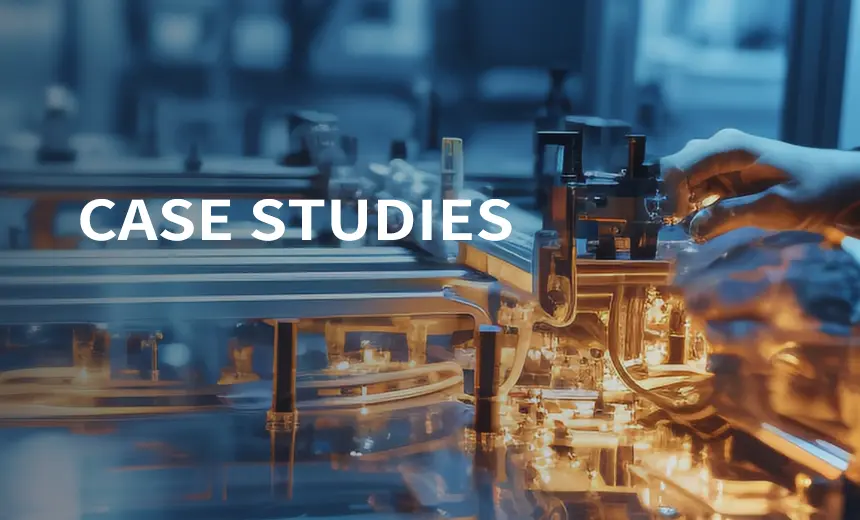- A +
- A
- A -
The oil drill bit is an important tool for oil drilling and is used to drill for oil when extracting oil. Its working performance will directly affect the drilling quality, drilling efficiency and drilling cost. The tooth surface of petroleum bricks is prone to wear during use, and different degrees of wear will have different effects on later oil extraction. Therefore, customers need to understand the oil drill bit inspection and analysis, and use a three-dimensional scanner to scan it to obtain data.

Oil drill bit site picture
The tooth surface structure of oil drill bits is complex in design and has grooves. Since the oil drill bit is a very important tool for oil drilling and can have a direct impact, customers need to detect the wear degree of the drill bit tooth surface. If we then use the traditional manual practical experience method to repeatedly design and calculate, this will consume manpower and time, the accuracy will be low, and the quality of the design will not be high. It is more convenient, simple and fast to use data-based design.
Model 41, which adopts the latest handheld design, first pastes points on the scanned sample for positioning and splicing. Then, the handheld 3D scanner Model 41 is used to comprehensively scan the sample to obtain high-precision data. The scanning speed is fast, the accuracy is high, and the stability is strong. It can be visualized in real time, and the scanning operation data can be viewed on the computer while scanning. For deep holes and corners, you can switch to the single laser scanning mode for precise scanning. The scanner also has a fine mode, which can clearly scan local small features.
Import the scanned sample data on the 3D inspection software to obtain the sample data, which can be compared and analyzed with the original digital model to generate a simple and easy-to-understand data report. The detailed scanning effect of the sample is good, and the wear degree of the tooth surface of the petroleum brick can be clearly compared, providing customers with Provides high-precision data solutions. The scanner is convenient and simple to use. It can be operated by one person and has high work efficiency. Customers are very satisfied with our 3D scanner.
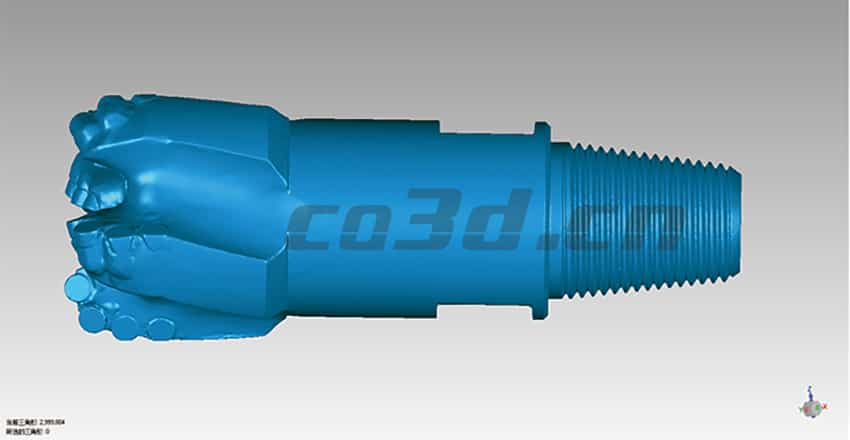
Oil drill bit STL data chart
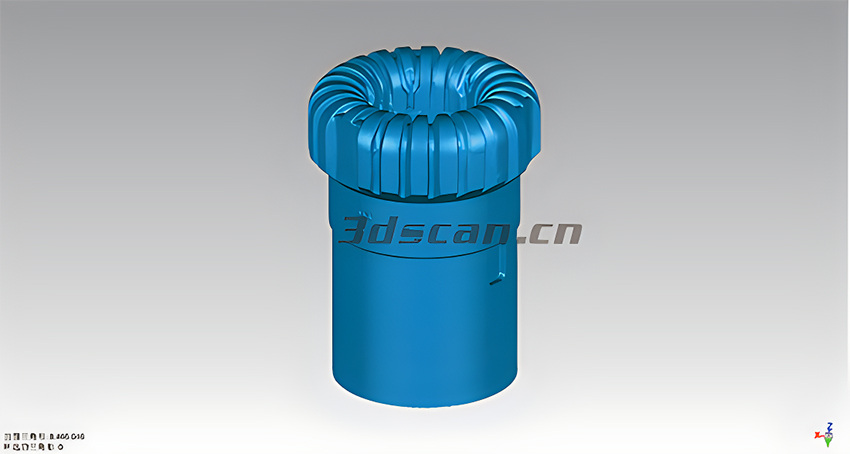
Oil drill bit STL data chart
